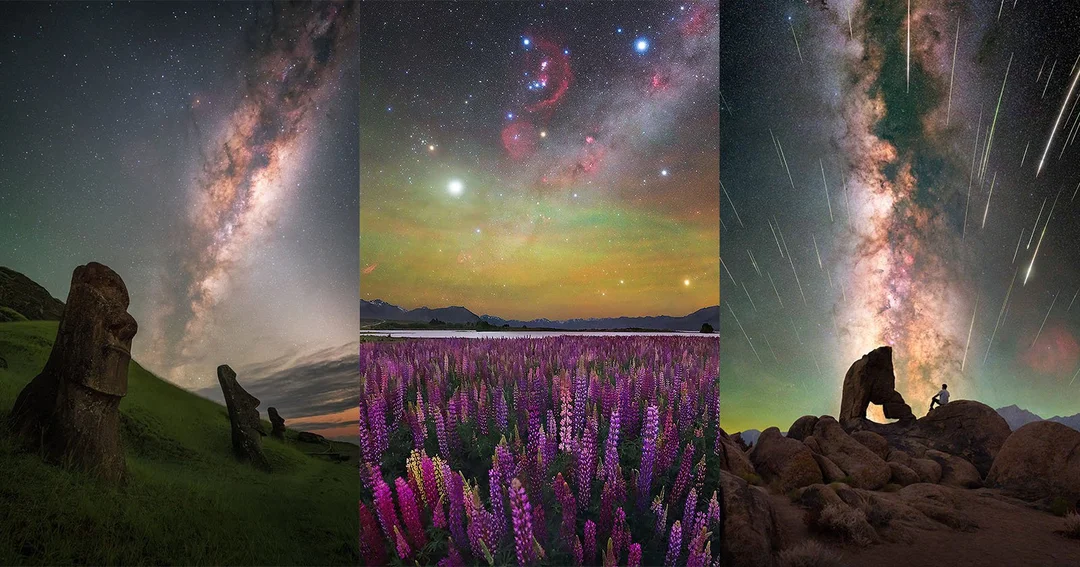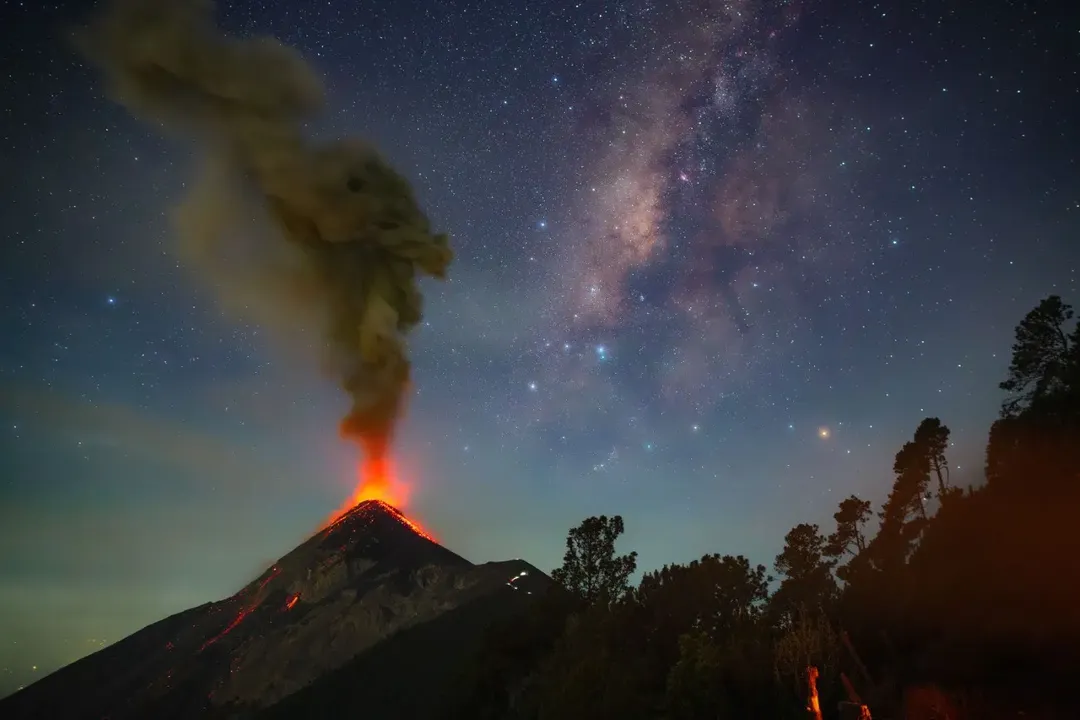
Spectacular Milky Way Images Showcase Earth and Space in 2025 Competition
The Milky Way continues to captivate photographers across the globe, and the 2025 Milky Way Photographer of the Year competition, curated by Capture the Atlas, proves it. This year’s selection includes breathtaking images from diverse locations and, for the first time, a stunning shot taken from outer space by NASA astronaut Don Pettit.

The competition received over 6,000 entries from photographers in 16 countries. The final 25 images highlight the beauty of our galaxy from locations including Chile, New Zealand, Taiwan, Yemen, and the United States. Capture the Atlas editor Dan Zafra assessed entries based on image quality, the story behind the shot, and overall inspiration.
Among the winners is Don Pettit, who photographed the Milky Way from the International Space Station (ISS). Using a star tracker, Pettit captured golden star streaks as the ISS orbited Earth. His photo, titled "One in a Billion," offers a unique perspective on astrophotography.

Other notable images include Max Inwood’s "A Sea of Lupines," capturing the annual lupine bloom in New Zealand alongside the Milky Way. Tanay Das’s "Lake RT5" showcases the Milky Way over a pristine alpine lake in the Himalayas. Uroš Fink’s "Winter Fairy Tale" presents a stunning panorama of the winter Milky Way above Austria’s Dobratsch Mountain.


Xingyang Cai's "Starlit Ocean" captured Comet Tsuchinshan–ATLAS alongside the Milky Way. Luis Cajete’s “The Wave” showcases the Milky Way in Arizona's Coyote Buttes, while Luis Merino’s “Un Destello en la Oscuridad” highlights a dreamlike scene in Spain. Alvin Wu’s “Galaxy of the Stone Array” intertwines the Milky Way with the atmospheric glow over the sea in New Zealand.
Angel Fux captured a rare “Double Milky Way Arch Over Matterhorn,” portraying both the Winter and Summer Milky Ways in one image. Tomas Slovinsky’s “Glimpse of colors” displays the Milky Way reflected on the sea in Crete, and Alejandra Heis’s “Universo de Sal” captures the galaxy over Argentina's Salinas Grandes. Sergio Montúfar’s “Cosmic Fire” showcases the fiery beauty of Volcan de Fuego in Guatemala against the Milky Way’s backdrop, and Mike Abramyan's “Boot Arch Perseids” captures the Perseid Meteor Shower in the Eastern Sierra Nevada.

Ethan Su's “Blossom” captures the Yushan alpine rhododendrons in Taiwan with the Milky Way overhead, intensified by a solar flare.
These stunning images highlight the dedication and skill of astrophotographers worldwide. Which image resonates most with you? Share your thoughts in the comments below!